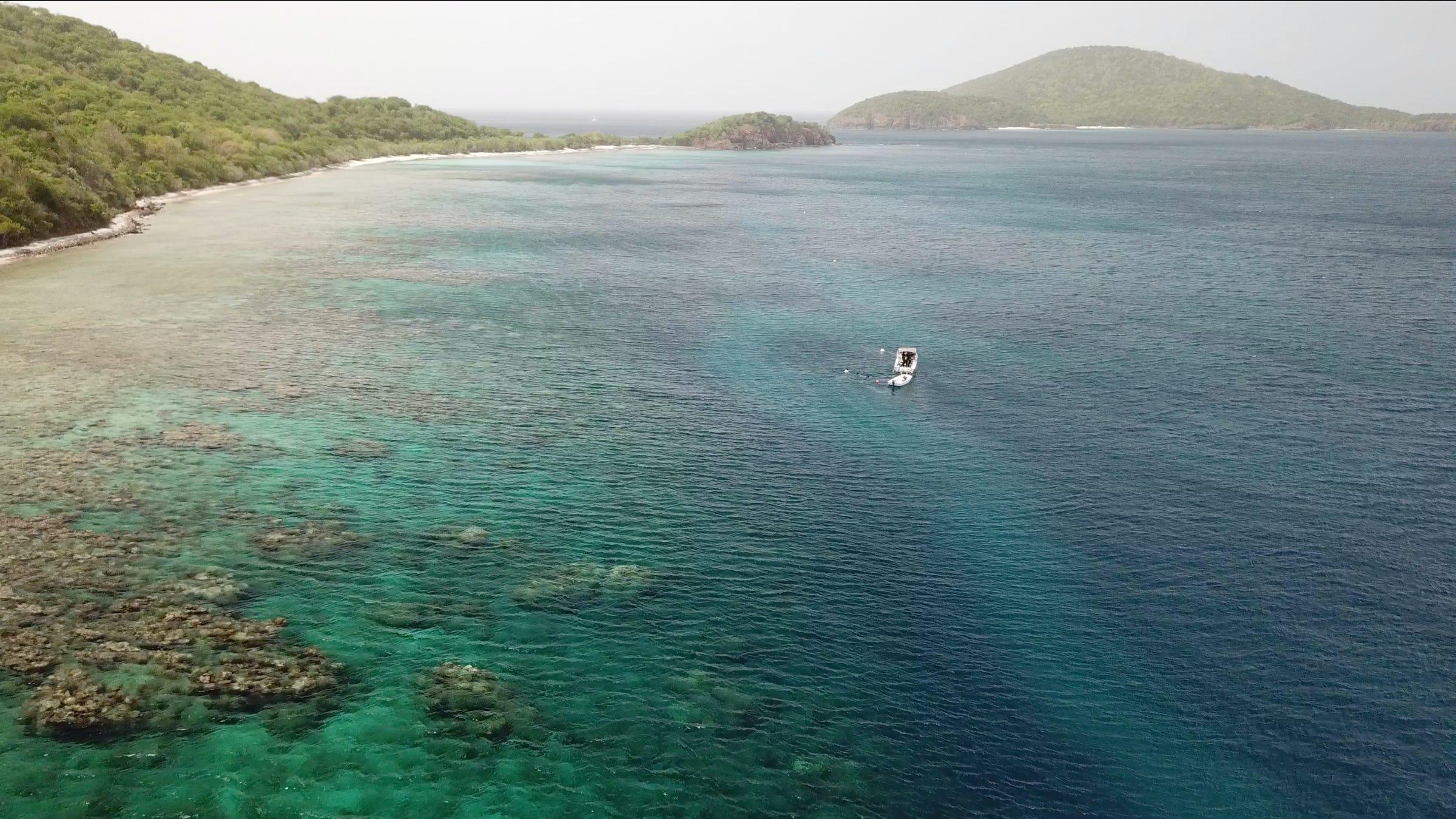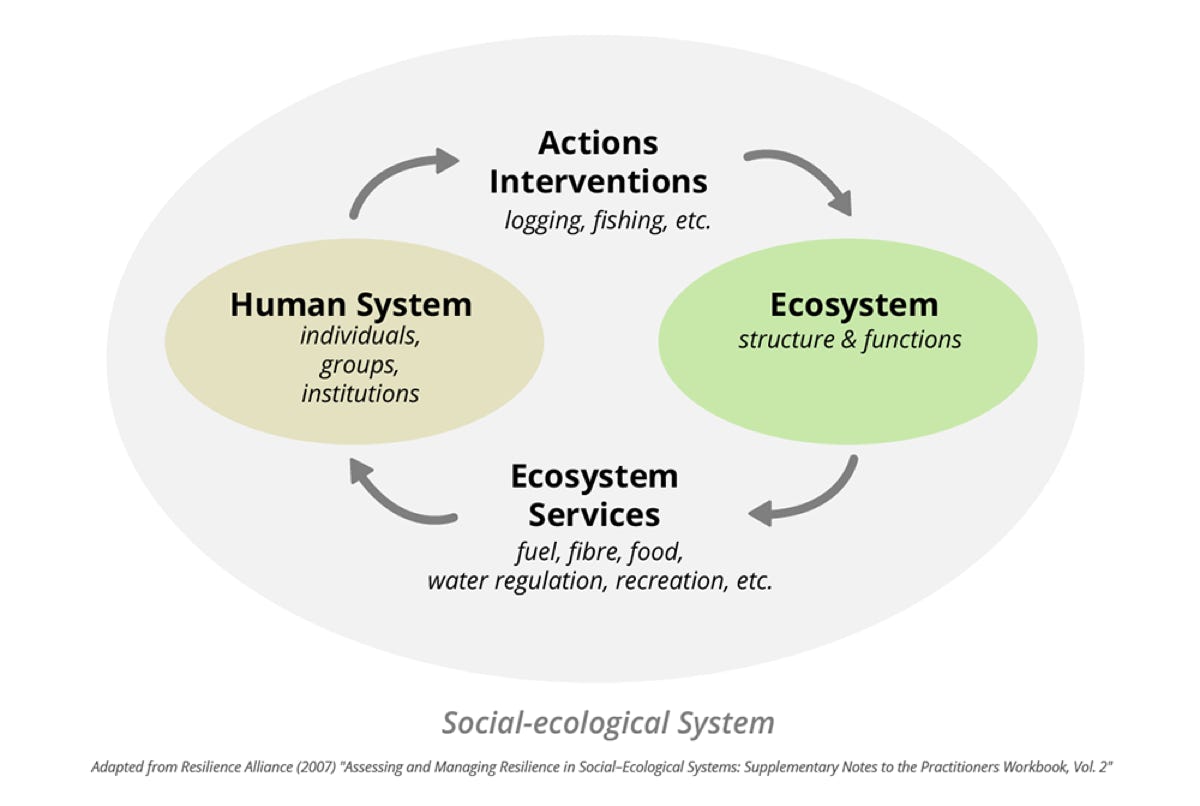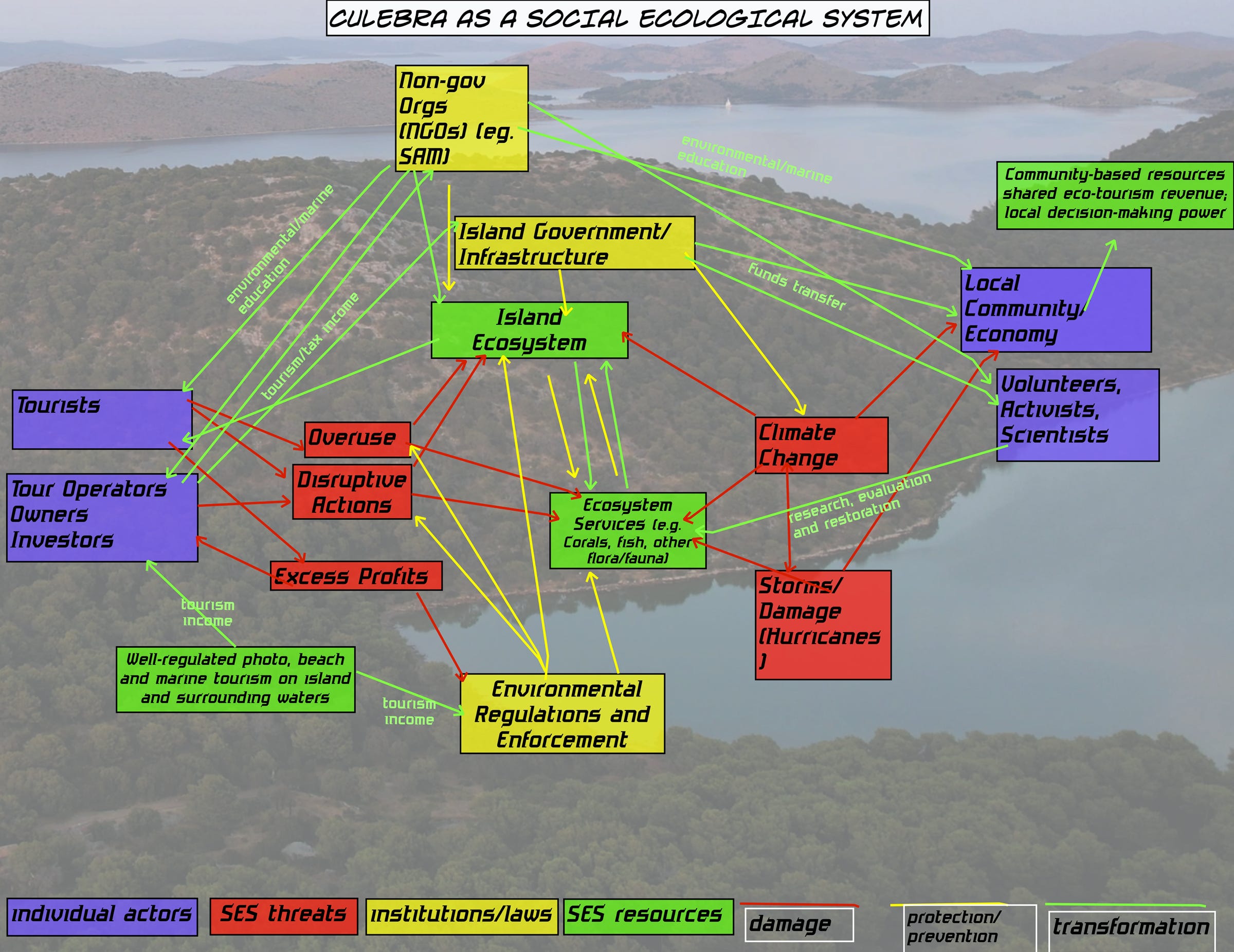
Culebra as a Social Ecological System

What is a Social Ecological System (SES) ?
A Social Ecological Systems is a complex and adaptive network in which human societies are inextricably linked to nature. The social constituent relates to all relevant human behavior/activities including technology, economy, culture, and politics. The ecological component of this framework is composed of the biosphere (the portion of the planet life develops on). Humanity and its social constructs are integral parts of the biosphere, with the ability to transform it on a local and global level. Correspondingly, people, societies, cultures, and economies very much depend on the biosphere which also shapes them.. (Saras-institute.org)
Saras-institute.org
Culebra as a Social Ecological System:
Culebra is an island, town and municipality of Puerto Rico. Geographically it is considered part of the Spanish virgin islands, and it has a population of less than 2,000 people. However, with its world renowned beaches, Culebra is an attraction for tourists from all over the world. It is not hard to apply the SES framework to Culebra, and understand how interconnected or inseparable the island’s local economy, society, and culture are from the natural environment. As seen in the diagram below, SES resources, individual actors, SES threats, and institutions/laws are connected in a web of either damaging, protective/preventative, and positive/transformational relationships. For instance, we see how tour operators and investors can contribute to NGO’s (such as marine biology research organizations). These NGO’s can bring in volunteers, scientists, and support activists, who have the potential to help research and restore ecosystem services. This then, produces a positive transformation of the island ecosystem. It is evident though, that the initial individual actor (tour operators, owners and investors) does not just contribute positively to the SES. Tour operators and tourists also contribute to SES threats such as overuse of ecosystem services and other disruptive actions. Tourists who are not well enough educated about the natural wonders of the island, for instance, may unintentionally cause harm to these precious ecosystems. Corresponding to this, we also see that environmental regulations and enforcement have the potential to prevent or protect the SES from these kinds of threats.
